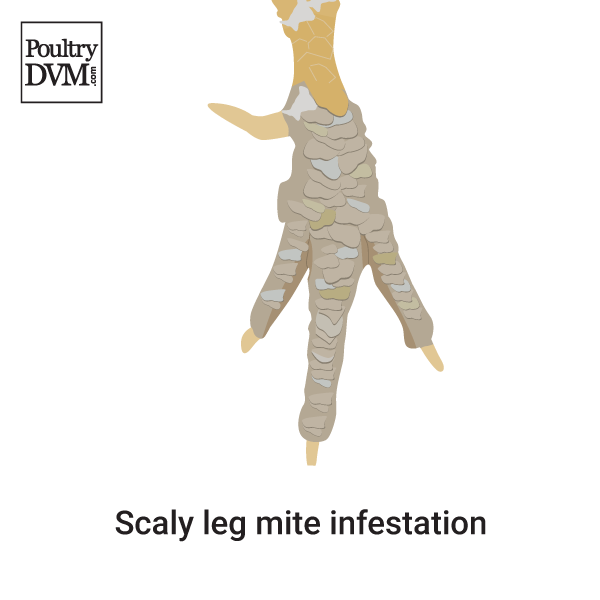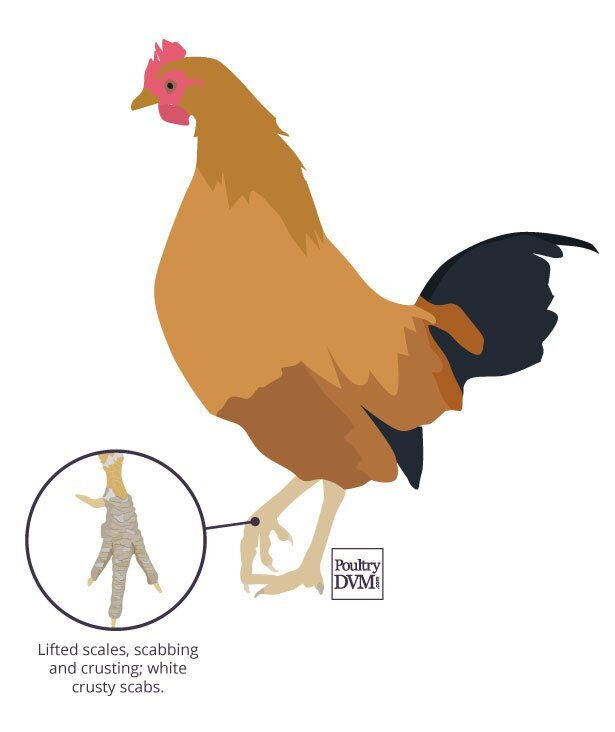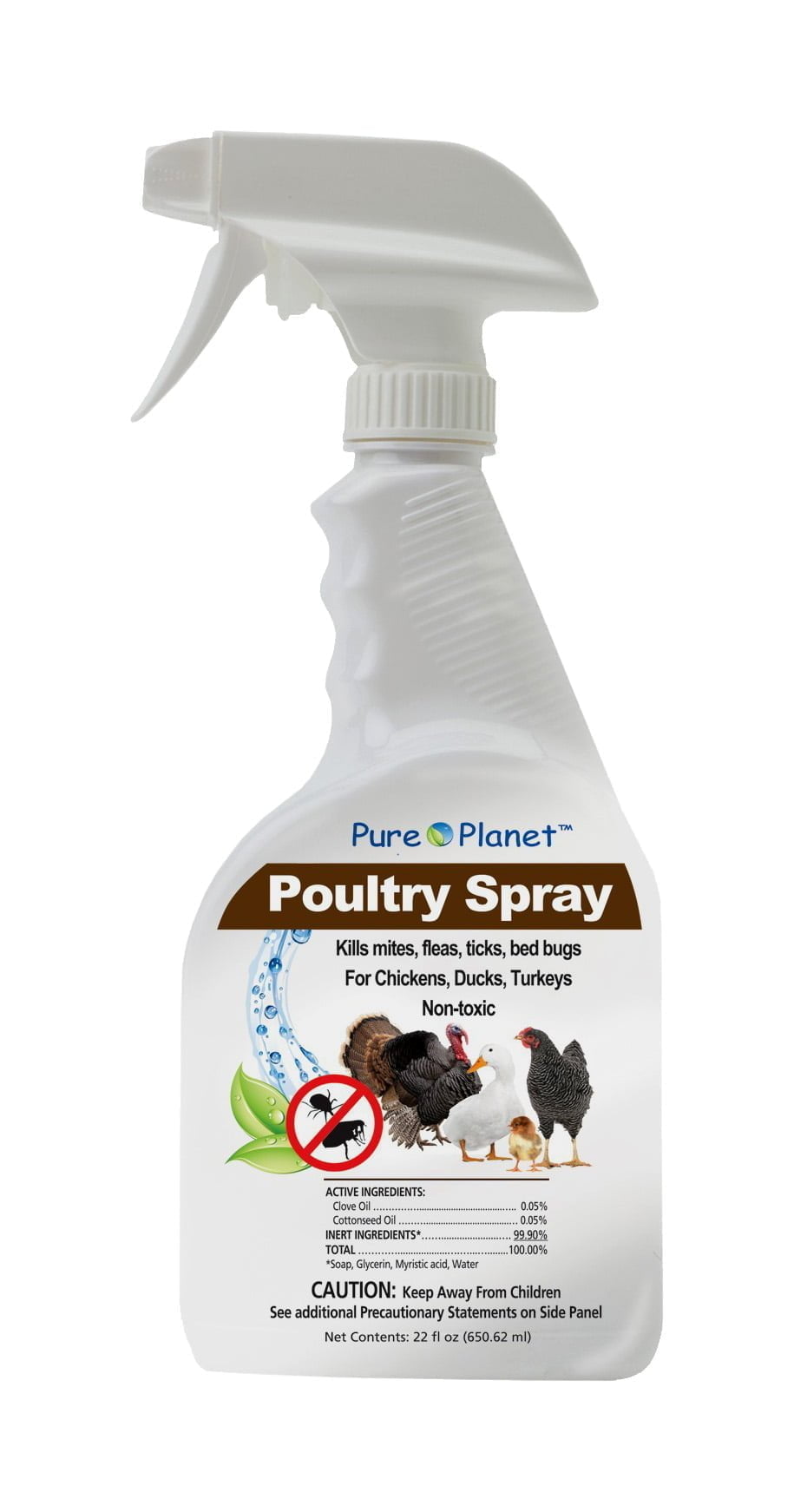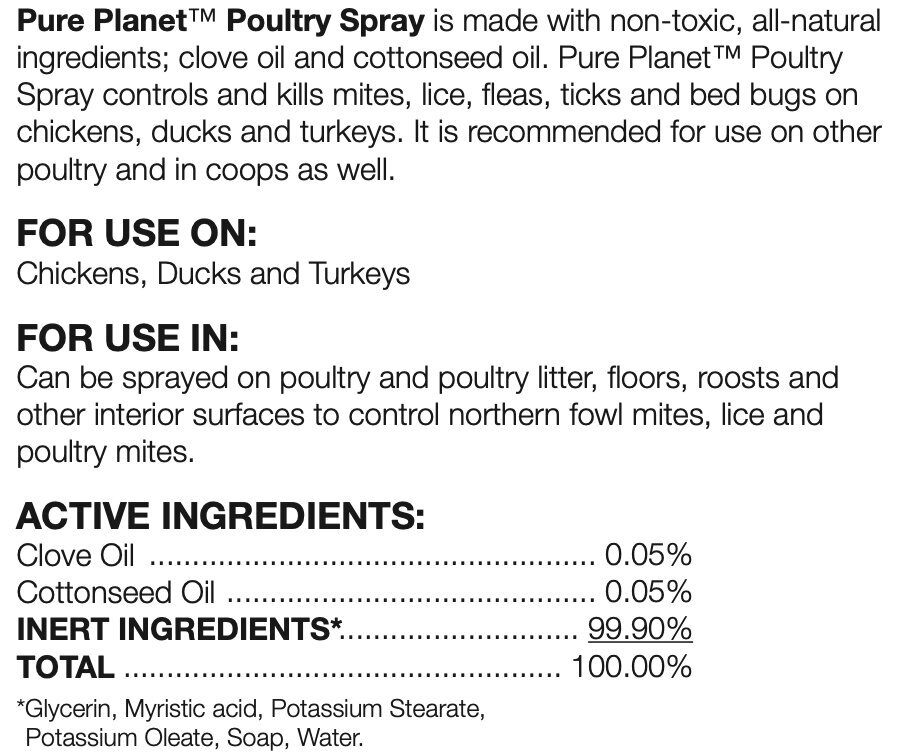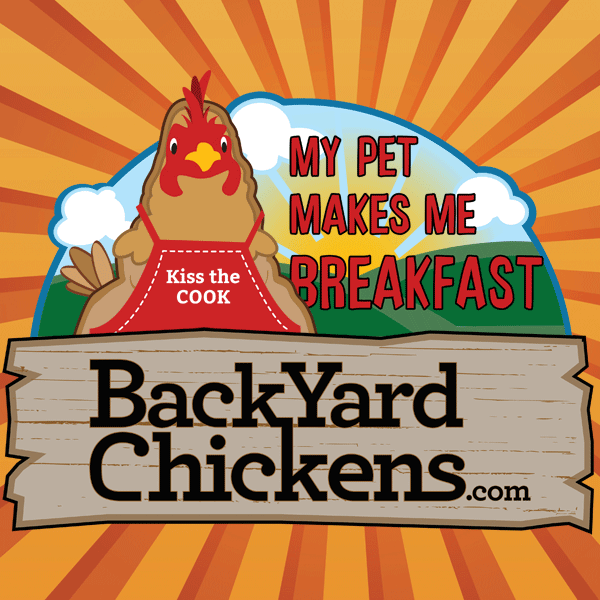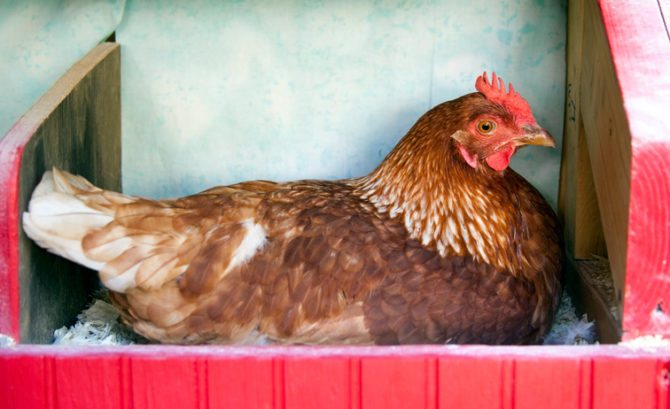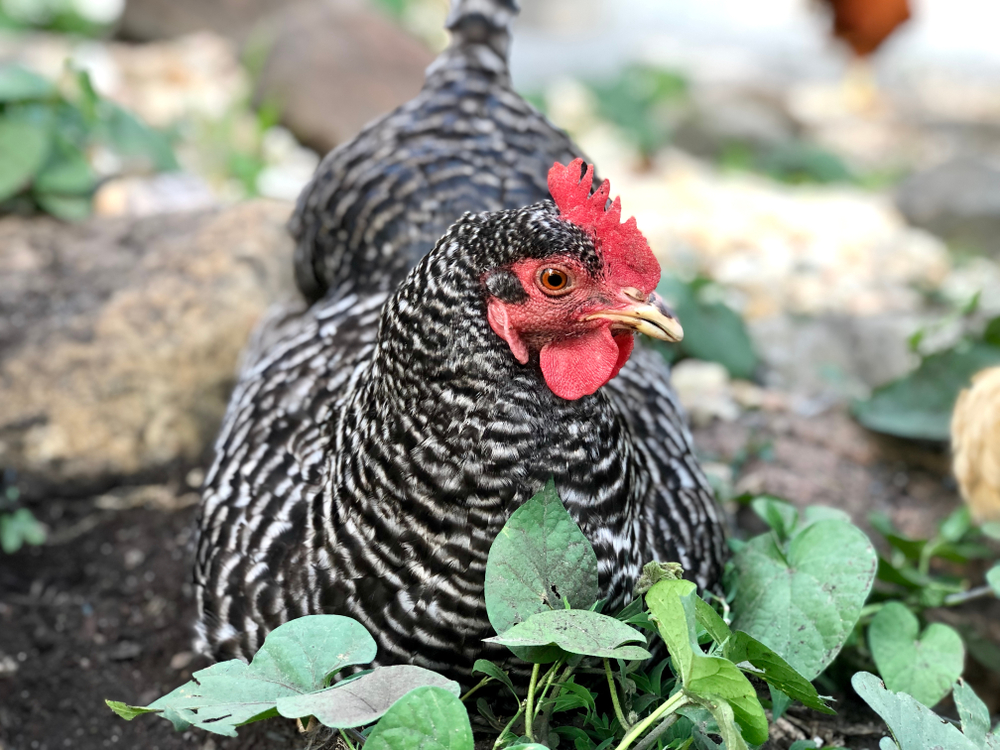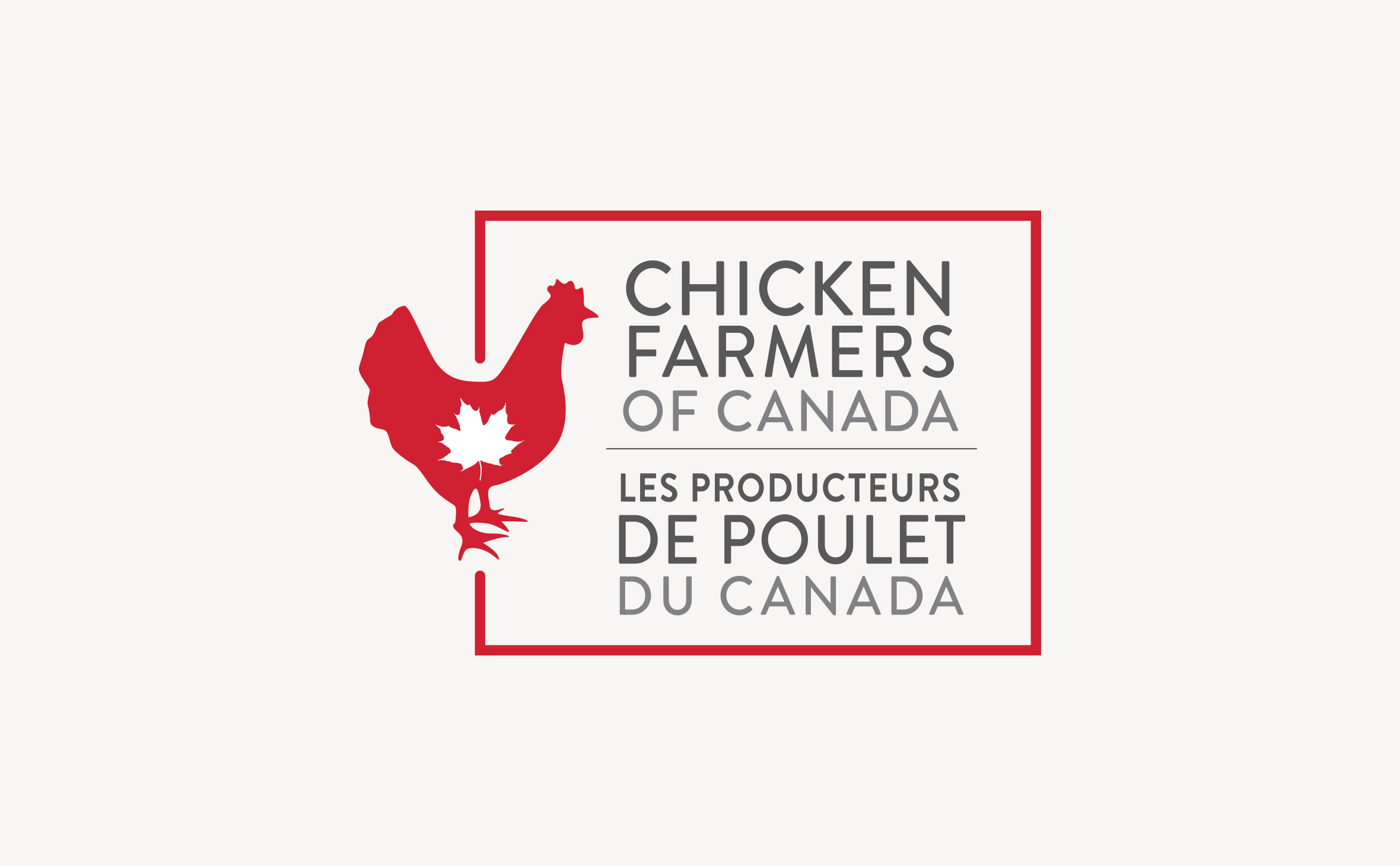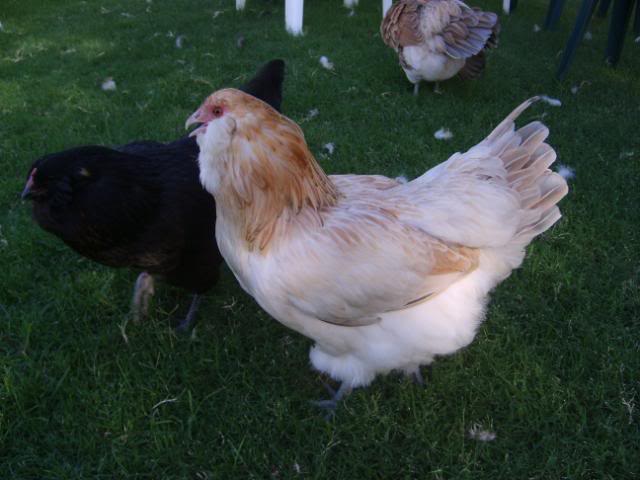
Cross beak / Scissor Beak - My Pet Chicken
Crossed Beak / Scissor Beak, can be severe, but many times, this beak malformation is not hazardous to your chicken's health. This condition can afflict any breed, but seems to be more prevalent in Easter Eggers or Ameraucanas. My only experience with cross beak / scissor beak occurred with...
Cross beak is one of the first signs to look for in poor genetics, along with twisted toe and stiff leg in your chicks. The main cause for this type of poor gentics is usually line breeding (father to daughter and mother to son or brother/sister consectutively). To prevent these types of defects from croping up you should observe good animal husbandry practices.
Last edited:

